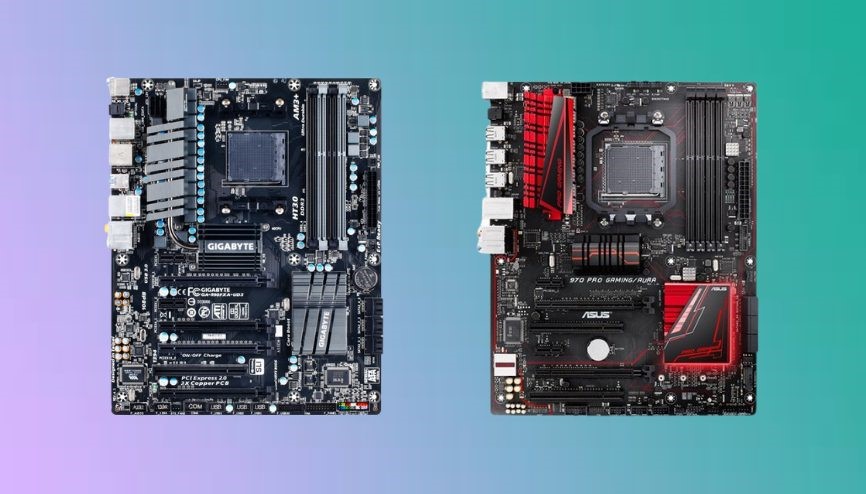RAM plays a big role in any computer since it helps process and store the info you need quick. Mining crypto is all about crunching numbers fast too. Crypto mining is where your computer solves tricky puzzles to verify transactions and earn new coins. It takes some serious grunt to get it done quickly. All that puzzling puts a heavy load on your machine. Mining hogs a lot of resources since it’s doing countless calculations every second. In general, most miners say you’ll want at least 8GB of RAM so your system isn’t slowing down while it juggles everything needed for the job.
If you really wanna optimize your rig, 16GB would be even better. The extra memory gives mining programs more elbow room to sprint without lag. Of course, what you need can vary based on what crypto you’re mining – some are less beefy than others on RAM usage.
How much ram needed for mining in Cryptocurrencies?
Crypto mining has really taken off as a way to earn digital coins. It involves using your PC’s power to verify transactions on the blockchain by crunching numbers. When building your mining rig, you got to choose parts carefully – especially the graphics card that’ll do the heavy lifting. But don’t sleep on RAM either. RAM (memory) handles all the temporary data your system needs. It keeps things running smooth. Without enough, a miner can get laggy and buggy real quick as data overflows to slower storage. Most miners recommend a minimum of 8GB RAM. This gives your graphics card and mining software some breathing room to work their magic without limits.
Of course, exactly what you need depends on the specific coin – some algorithms are more RAM-hungry than others. Just stuffing in more RAM over 8GB won’t automatically make things better on its own, though. 8GB is usually enough headroom to avoid RAM becoming the slowdown. The right balance of powerful GPU, good CPU, and quality RAM is key for an efficient, profitable mining operation. Make sure your rig has the goods across the board for crunching numbers at the top of its game!
Best RAMs for Mining
Corsair Vengeance LPX 64GB – A good choice for overclocking thanks to low profile design and optimized cooling. High capacity is ideal for mining apps.
TEAMGROUP T-Force Vulcan Z DDR4 : Sturdy construction and lifetime warranty provide great reliability under heavy workloads. Fast speeds and dual channel kit helps performance.
NEMIX RAM 64GB DDR4-3200 : Top notch choice if you need ECC memory for servers or workstations. Tight timings and high speeds excel at data-intensive tasks like mining.
G.Skill Trident Z5 RGB Series 32GB DDR5 : For maximizing hash power, new DDR5 standard delivers incredible throughput at highMHz frequencies out of the box. Compatible with modern platforms too.
While brand doesn’t matter as much as quality components, these kits from reputable makers offer fast memory, stable overclocking headroom, capacities suitable for mining software, and durable construction for 24/7 use. Any of these should power through cryptocurrency workloads with ease.
Conclusion:
Crypto mining has become really popular lately as a way to earn digital money. The whole process is built on verifying transactions on the blockchain using a network of computers. It really puts your machine to work! Since mining requires constant heavy duty number crunching, you’ll want to make sure your rig is up for the task. Components like the graphics card, CPU and memory all need to pull their weight. RAM (or memory) is what your system uses to temporarily store and access all the data it’s working with. Not enough RAM can cause lag city as mining loads generate tons of info. Some folks wonder how much enough for mining is. In this guide I’ll lay it out – if you don’t want your computer dragging its feet, pay attention!
Most experts say 8GB is the minimum safe amount. This gives breathing room for your graphics card and mining software to do their thing smoothly. Of course, the exact RAM needs vary based on what crypto you’re mining. Some algorithms are more RAM-hungry than others. While more than 8GB could boost results, just packing on RAM alone won’t magically make things faster. The key is having suitable, quality memory to support the workload.

![Best GPU for Ryzen 5 5600X [Updated 2024]](https://techinssolution.com/wp-content/uploads/2024/02/1-1-1.jpg)

![Best GPU for i5 10600K [2024]](https://techinssolution.com/wp-content/uploads/2024/05/feature-image-1.jpg)
![8 Best GPU for Ryzen 7 5700G [2024] Guides](https://techinssolution.com/wp-content/uploads/2024/05/feature-image.jpg)
![Should I buy a tray Processor? [Explained with Pros & Cons]](https://techinssolution.com/wp-content/uploads/2024/04/feature-8-1.jpg)
![What are CPU Cores? [All functions explained] 2024](https://techinssolution.com/wp-content/uploads/2024/03/feature-img-2.jpg)


